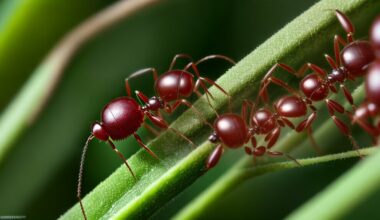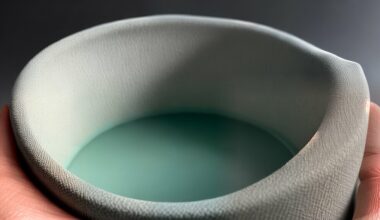Raising baby chicks is an adventure filled with excitement and learning. It’s a bit like having newborns in the house again – they need plenty of care, love, and yes, warmth! Baby chicks are not fully equipped to handle cooler temperatures on their own; this is where our trusty heat lamp comes into play.
Heat lamps become their surrogate mother hen, providing the cozy warmth these fluffy little creatures crave. But here’s where the real question pops up: how long do chicks need to be under heat lamps?
In this blog post, we’ll explore this intriguing conundrum together. We will dive into why exactly our tiny feathered friends require such constant attention when it comes to temperature management and how long this phase lasts in their early life journey.
Initial Temperature Requirements for Newborn Chicks
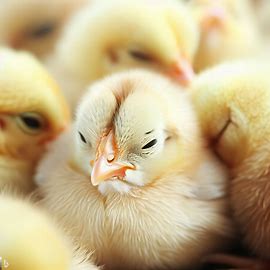
Newly hatched chicks are delicate creatures that require special care and attention to ensure their healthy development.
One of the most crucial aspects of raising baby chickens is maintaining the appropriate temperature in their brooder.
In the first week, newborn chicks need to be kept warm under a heat lamp at a constant temperature of around 95°F (35°C).
This initial warmth is essential as it mimics the natural heat provided by a mother hen.
It’s important to note that different sources may have slight variations in recommended temperatures, so it’s always best to consult multiple reliable resources when determining ideal chick brooder temperature guidelines.
Assessing Breeding Environment and Heat Lamp Setup
Before bringing your adorable baby chicks home, it’s vital to assess their breeding environment and set up a proper heat lamp system. Make sure you have a suitable space dedicated solely to the brooding process where adequate ventilation can be maintained without creating drafts.
When selecting a heat lamp, opt for one specifically designed for use with baby chicks. These lamps typically come equipped with adjustable heights and wattage settings which enable you to fine-tune the amount of warmth provided.
Positioning the heat lamp correctly is also crucial. Hang it approximately 20 inches above the floor or bedding surface while ensuring its light covers at least half of the brooder area uniformly.
This setup allows young chicks an opportunity to choose between warmer or cooler areas depending on their comfort levels.
Adjusting Heat Levels as Chicks Grow
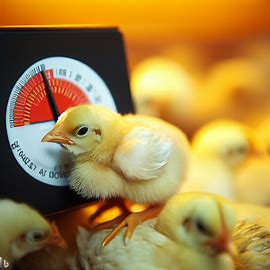
As your fluffy little bundles grow each day, they become more capable of regulating their body temperature gradually reducing reliance on external heating sources such as heat lamps.
You should consistently adjust both height and wattage of your heat lamp to maintain the appropriate temperature inside the brooder.
At around seven days old, chicks can handle a slightly lower temperature of approximately 90°F (32°C). Aim for a reduction of 5°F (2°C) per week until they reach four weeks of age. By this point, they should be able to tolerate room temperatures without additional heating.
Monitoring Chick Behavior for Optimal Heating
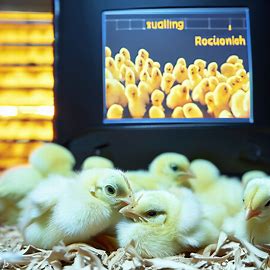
Observing chick behavior is yet another essential element in maintaining ideal chick temperature levels. Chicks that are comfortably warm will be active, cheeping contently, and evenly distributed throughout the brooder area.
However, if they huddle together directly under the heat source or move away from it entirely, it indicates a need for adjustments.
Should you notice signs of overheating such as excessive panting or stretching out their wings seeking cooler spots far from the heat lamp, raise it slightly higher to create more space between them and the direct heat source.
Conversely, if chicks continuously huddle beneath each other instead of exploring their surroundings, it may indicate that they are too cold and require more warmth.
Safety Precautions When Using a Heat Lamp
While providing sufficient warmth is crucial during the early stages of chick development, safety must also be prioritized when using a heat lamp. To ensure your chicks remain safe:
1. Use an appropriate-sized bulb: Choose bulbs with the proper wattage recommended based on manufacturer instructions – typically ranging between 125-250 watts.
2. Securely fasten lamps: Ensure all fixtures holding the heat lamp are securely attached to prevent accidents caused by falling lamps or loose wires.
3. Keep flammable materials away: Place brooders on non-flammable surfaces like concrete floors or use fire-resistant bedding material such as pine shavings.
4. Monitor regularly: Check up on your baby chicks frequently throughout the day to guarantee that the temperature remains optimal without any fluctuations.
Transition Process from Heat Lamp to Room Temperature
Around four weeks of age, chicks should be gradually transitioned from a heated environment to room temperature. By reducing heat and increasing ventilation incrementally over the course of several days or even a week, you can help them adapt more easily.
During this transitioning period, use an infrared thermometer gun to measure the ambient temperature inside their brooder area regularly.
Aim for maintaining temperatures around 75°F (24°C) during daytime and slightly lower at night as long as your chicks appear comfortable and active.
Special Considerations for Different Bird Species
It’s important to note that different bird species may have varying needs when it comes to heat lamp requirements.
For instance, ducklings generally require slightly higher initial temperatures compared to baby chickens due to their differing natural habitat preferences.
Always refer to breed-specific guidelines while raising various bird species under heat lamps. It’s also beneficial to consult experienced poultry enthusiasts or join online forums dedicated specifically towards raising particular types of birds for additional insights on optimal brooding temperatures.
In Conclusion
Knowing how long chicks need to be under a heat lamp is essential for proper chick care and healthy development.
By following these guidelines on maintaining ideal warmth levels through each stage of growth, you’ll pave the way for strong and robust pullets that will soon become integral members of your backyard chicken flock.



